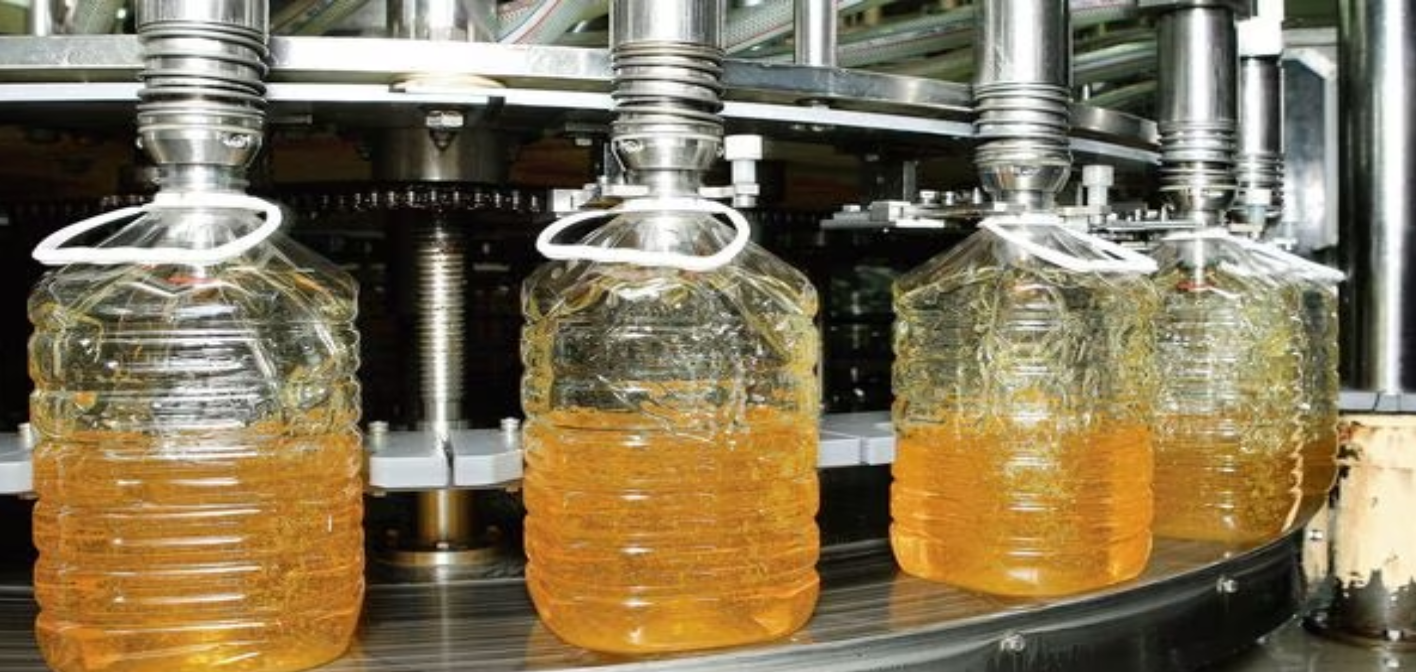What’s cooking? Another surge in edible oil imports

Poor rains in major oilseed-growing states could lead to a production cut and record imports by the world’s largest buyer of cooking oil. After the spike in grain and pulse prices, edible oil looms as another risk in attempts to manage food inflation.
How are oilseed crops faring?
During the rain-fed kharif crop season (June to October) the major oilseed crops grown are soya bean and groundnut. Soya bean, which is the largest kharif oilseed, has been planted in more than 12.5 million hectares—marginally more than last year—but the crop is in a poor state due to a prolonged dry spell in major producing states such as Madhya Pradesh and Maharashtra. Similarly, erratic rains have impacted the groundnut crop in Gujarat and Karnataka. According to US-based Gro Intelligence, a farm data and forecasting company, a similar rainfall situation led to a 24% drop in soya production in 2017.
Total imports of edible oils by India shot up 25% in the first nine months (November 2022 to July 2023) of the oil year 2022-23, as per the Solvent Extractors’ Association of India, or SEA, a processing and trade lobby. An oil year extends from November to October of next year. SEA is estimating that India could end up importing as much as 15.5 million tonnes of vegetable oil in 2022-23, surpassing the past record of 15.1 million tonnes in 2016-17. Palm oil from Indonesia and Malaysia comprise a bulk (59%) of cooking oil imports. In 2021-22, India’s edible oil import bill surged 34% to

















